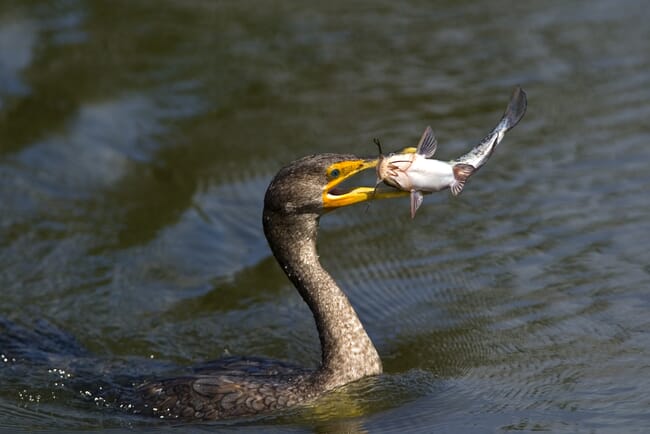
Tom Cotton, the republican senator for Arkansas, has introduced the Cormorant Relief Act as an amendment to the infrastructure package being considered on the Senate floor.
This amendment would fully restore the ability of catfish farmers and other aquaculture producers to cull predatory double-crested cormorant populations. It would also restore US Fish and Wildlife Service regulations to allow producers to fight the cormorants, which threaten the livelihoods of aquaculture operations in Arkansas, Mississippi, Alabama, and other states.
"Double-crested cormorants pose a significant threat to Arkansas’s fish farmers, but unnecessary regulation currently prevents them from taking additional steps to protect their ponds. This amendment would once again give fish farmers the ability to adequately defend their fish populations from the birds that are eating into their bottom line," said Cotton in a press release.
Cormorant populations have increased dramatically in recent decades to an estimated 1,031,757 birds. These large diving birds cause substantial damage and disruption to aquaculture and fishery operations.
A two-year study published in 2012 of double-crested cormorant feeding on farm-raised catfish in Mississippi during the winter months found that cormorant depredation represents an annual estimated economic loss of $34.3 million to $73.4 million.
As a Government Accountability Office report noted: "Fish-eating birds (eg cormorants, herons, egrets, and pelicans) can cause severe damage at aquaculture farms, eating catfish, crawfish, salmon, bass, trout, and ornamental fish. According to a USDA National Agricultural Statistics Service (NASS) survey of catfish producers from 15 states, 69 percent reported some wildlife-caused losses, with a financial loss of $12.5 million to wildlife predation in 1996."



